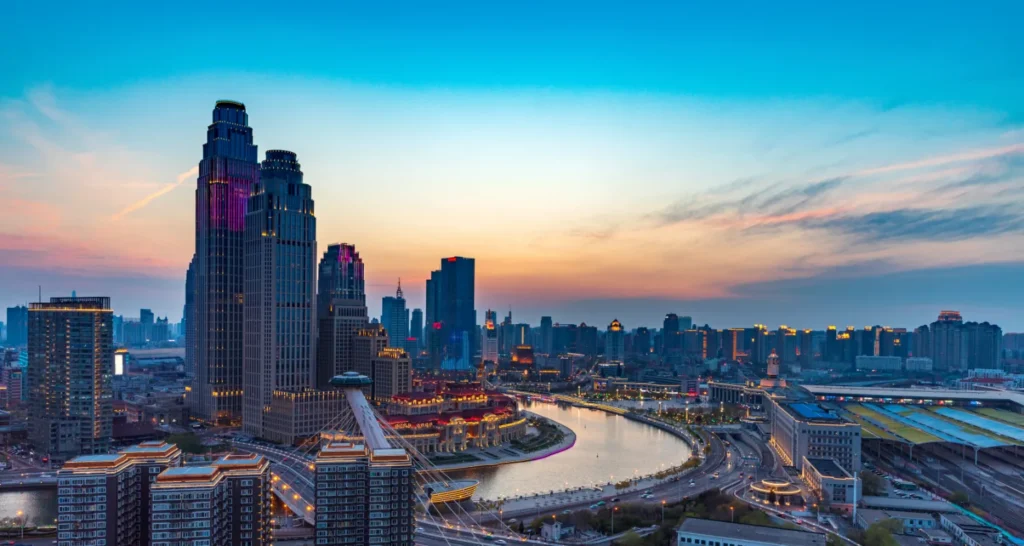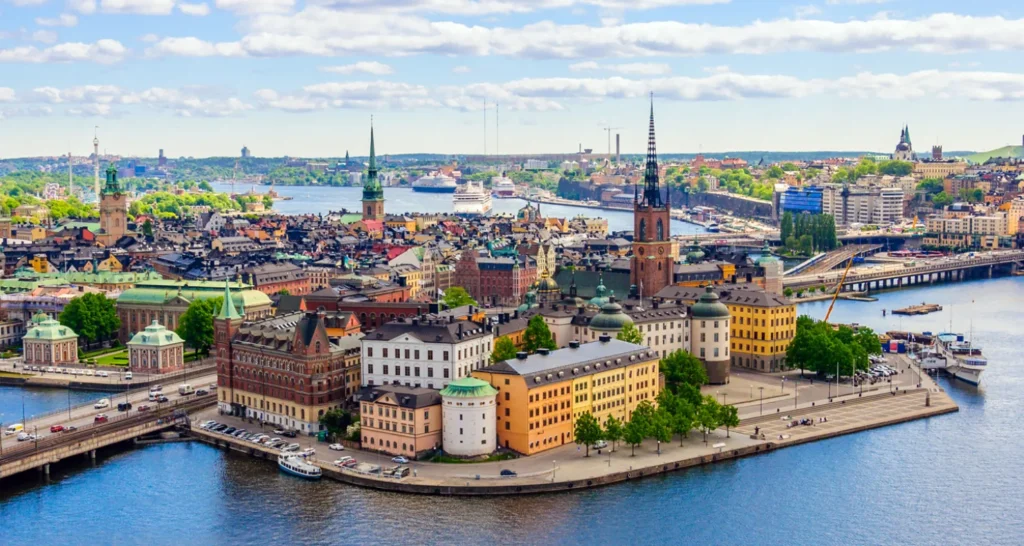The concept of the Smart city is based on the development of urban areas integrated with infrastructure and the internet of things (IoT) that leads to secure, sustainable economic development and high quality of life by excelling in multiple key areas like economy, mobility, environment, people, living, and government. You can say that a smart city is Local But networked, distributed but integrated. Smart cities can be seen as systems with energy flows, materials, services, people, and financing.

The smart cities concept has emerged from long persisting ideas about urban technological utopias and perfectly competitive cities. Some of the seeds of today’s smart cities can be found in a series of conversations between scholars and practitioners in the 1980’s, reflecting on the future of cities. What is new about the competitive smart city narrative is the emphasis on places transformed by the application of technologies rather than, as in the case of Silicon Valley, places where microelectronics and computers drive the urban economy.
So how should we think of smart cities?
This issue brings us to the ideas that examine current debates and goals, ethics, potential, and limitations that have become a metaphor of urban modernity. Smart city advocates include large information economy businesses like INTEL, CISCO, SAP, and SIEMENS, and educational and philanthropic institutions. Each has a distinctive sense of what a smart city can achieve. Although saturated as consumer markets, cities present opportunities for firms seeking markets for modern sensing, forecasting, and management technologies.
The contemporary purveyors of smart city technology see city governments as a market for the product of technological developments. At the same time, ambitious politicians and civil servants always search for the next big idea to take their city to the top of the most attractive places.
By 2025 it is expected that about 4 billion people will live in urban areas. This will pose serious challenges to city planners, who will have to rethink how they will provide basic services to the city’s residents in a sustainable manner. The government of smart cities is transforming from a traditional model of silo-based organization to a more collaborative, integrated service delivery model. Cities will collaborate to drive smart city innovation by entering into a partnership with each other. The traditional cities are still lacking in many basic amenities and possess a large number of problems.
One of the major problems of people living in urban areas is traffic, congestion, and vehicle emission. Smart transportation has recently become a hot topic in the internet of things area and is considered the solution to the problems mentioned above. Car connectivity and automation have received great importance from the internal and external automotive industries. In a world with cars fully connected, there will be lots of self-driving vehicles running on the road, and there will be no need for professional drivers. Existing self-driving cars in the market only connect to immediate surroundings based on onboard computers. Connected cars will offer people a perspective collision avoidance and route optimization under a dedicated transport network with high security and high performance along with cloud computing.
Many developing economies have also sensed the advent of automatization and are working on the sectors like health, education, transportation, etc., speeding up their economy. Railways are the backbone of developing countries, and smarter railways are their prominent need. The future of railway transportation is expected to rely upon smart transportation systems that leverage technologies over a large rail network infrastructure to reduce its lifestyle cost. Smart railways represent a combination of interconnected technological solutions and components and the modern automatic ticketing system, digital displays, and smart meters. In addition, new services such as integrated security, asset management, and predictive maintenance are expected to improve timely decision-making for issues like safety, scheduling, and system capacity.
Automation can surely become a “Brahmastra” in changing the face of the future, but there also exist several flaws in it. While automation at a global level can be a significant growth engine by helping reduce the growing gap created by a shrinking workforce, its effect will play out differently in different countries, depending on the demographic condition in each country, current productivity levels, wage levels, GDP growth aspirations and adoption of automation. Automation will reduce the number of the workforce employed in industry, and surely it will adversely suddenly affect the lives of people. Dependency on the machine will increase, and there will be a starting of a whole new era. But the smart city doesn’t mean a place where the machine will rule humans. It will be a platform where machines and humans work together to make this world better for living.













